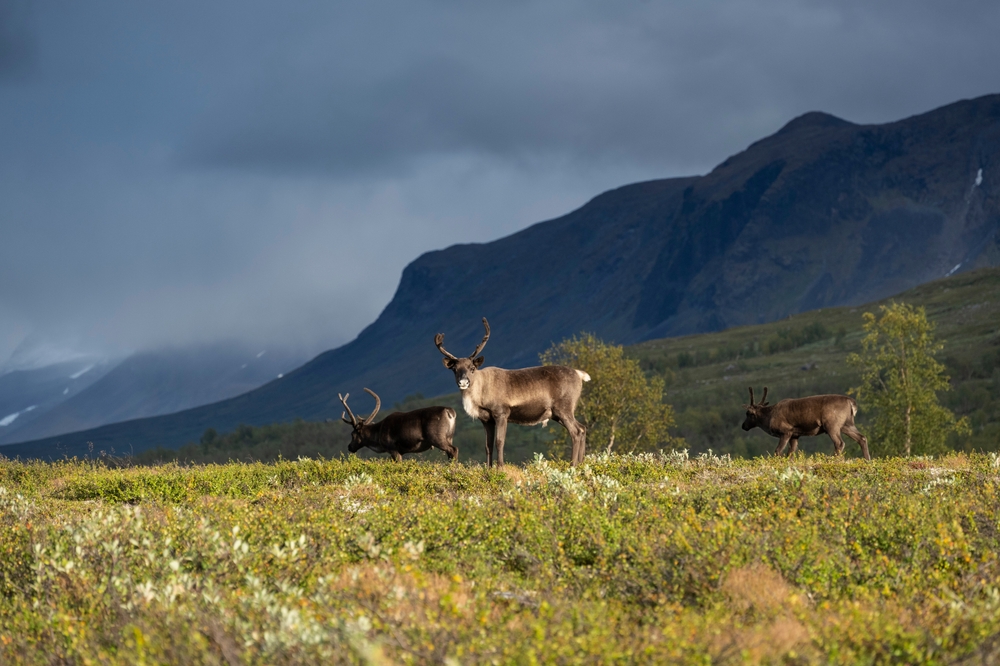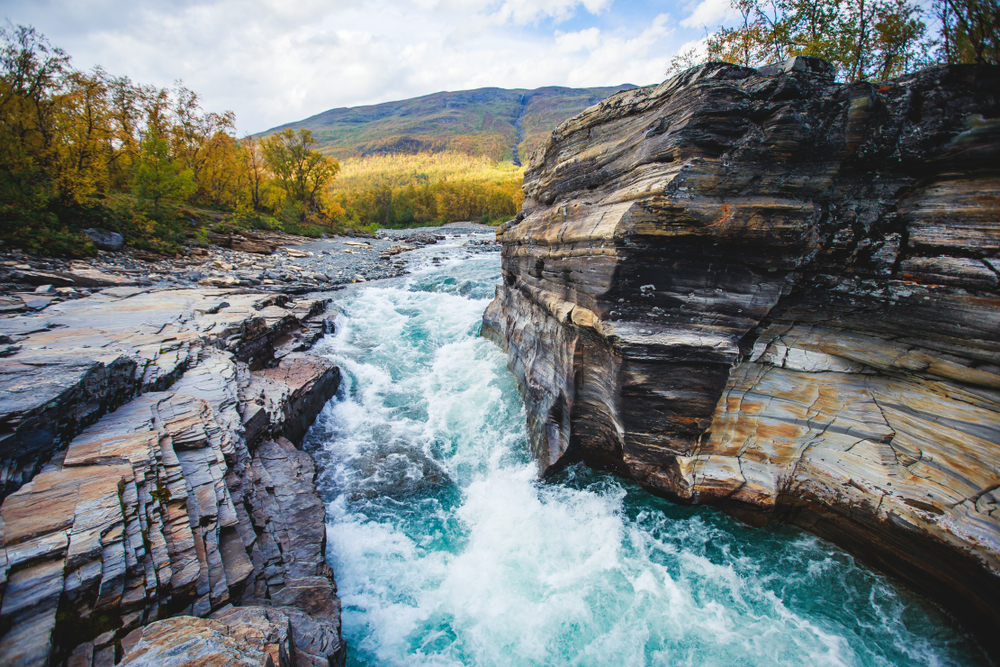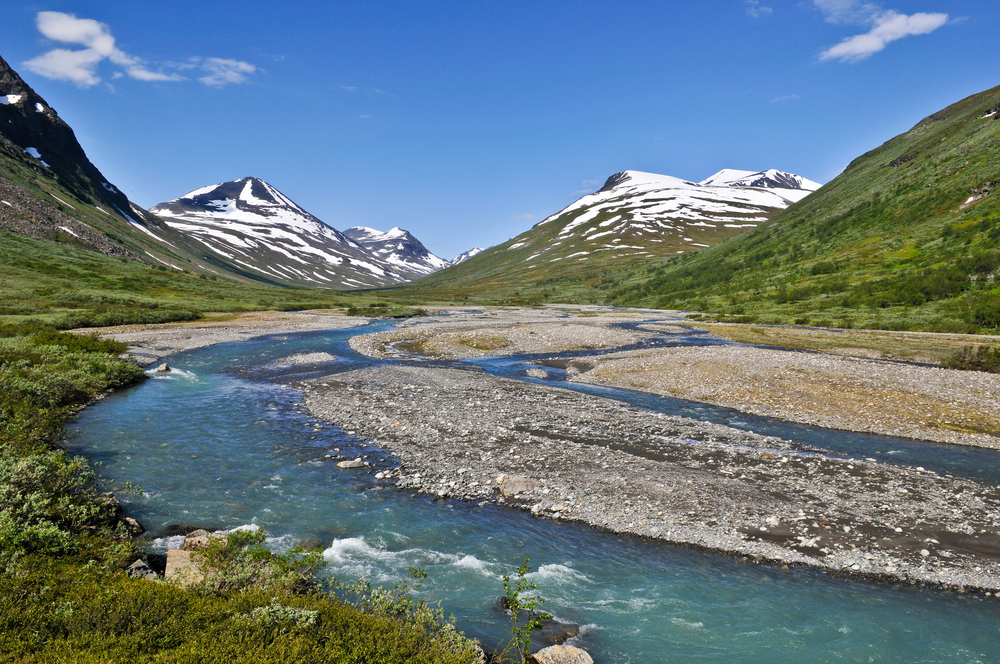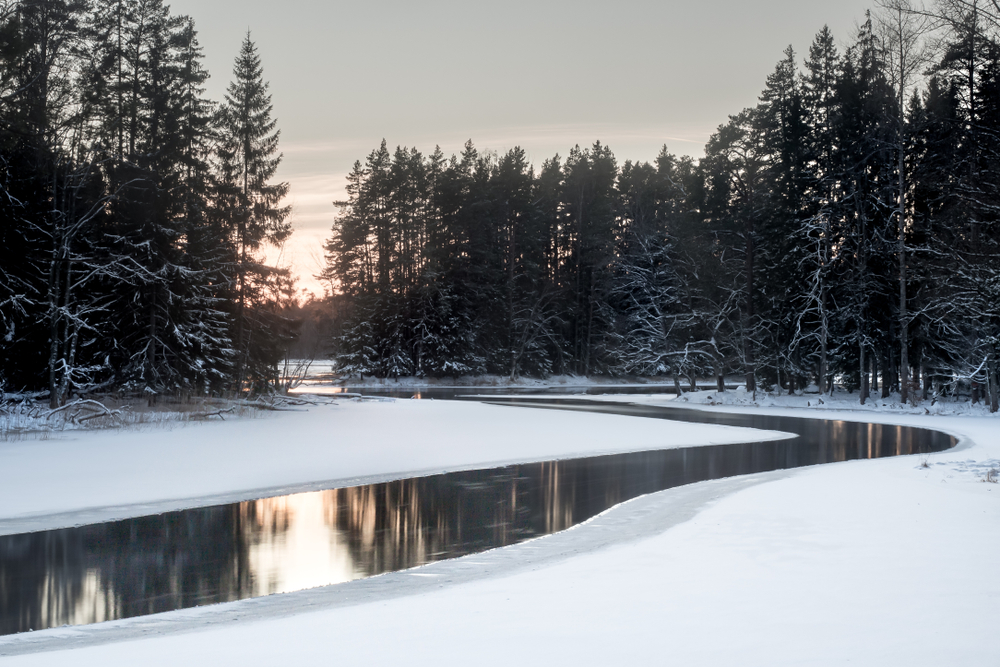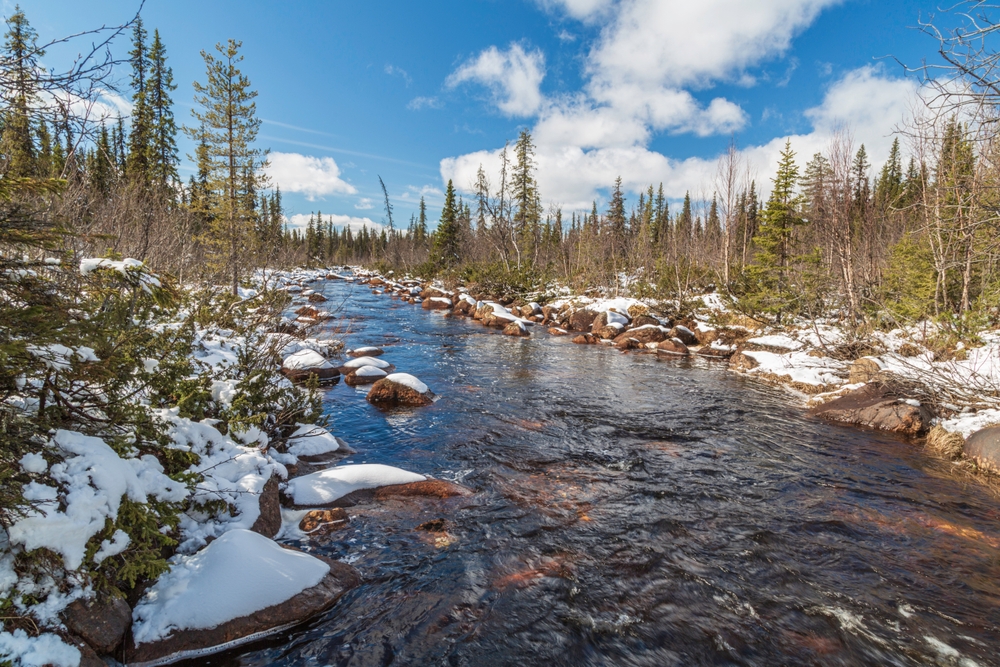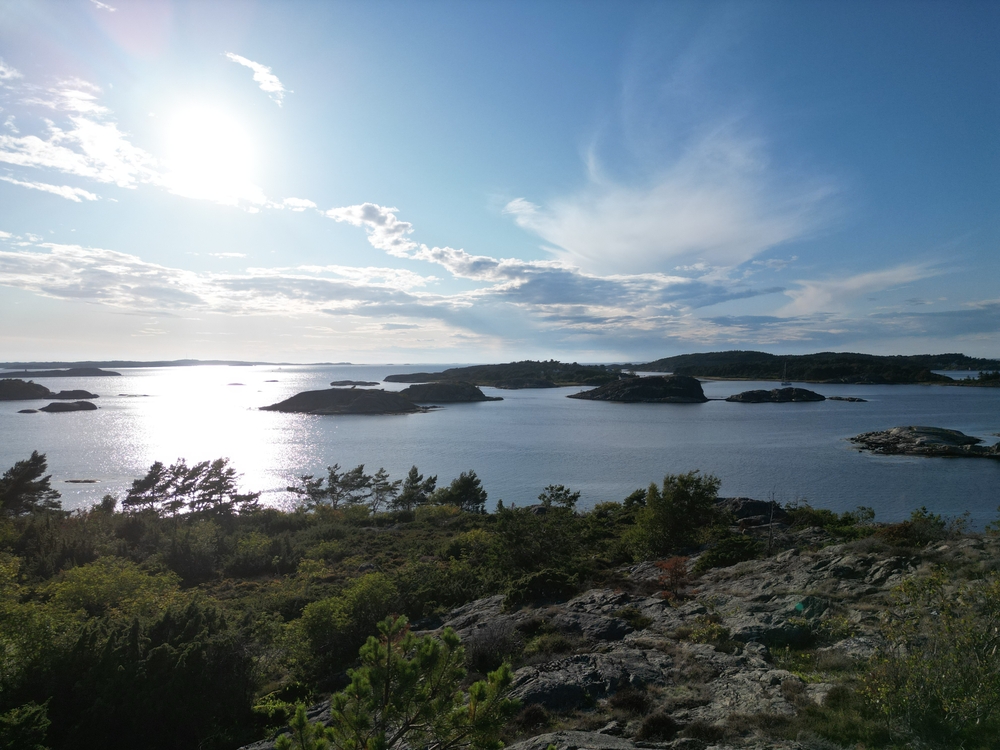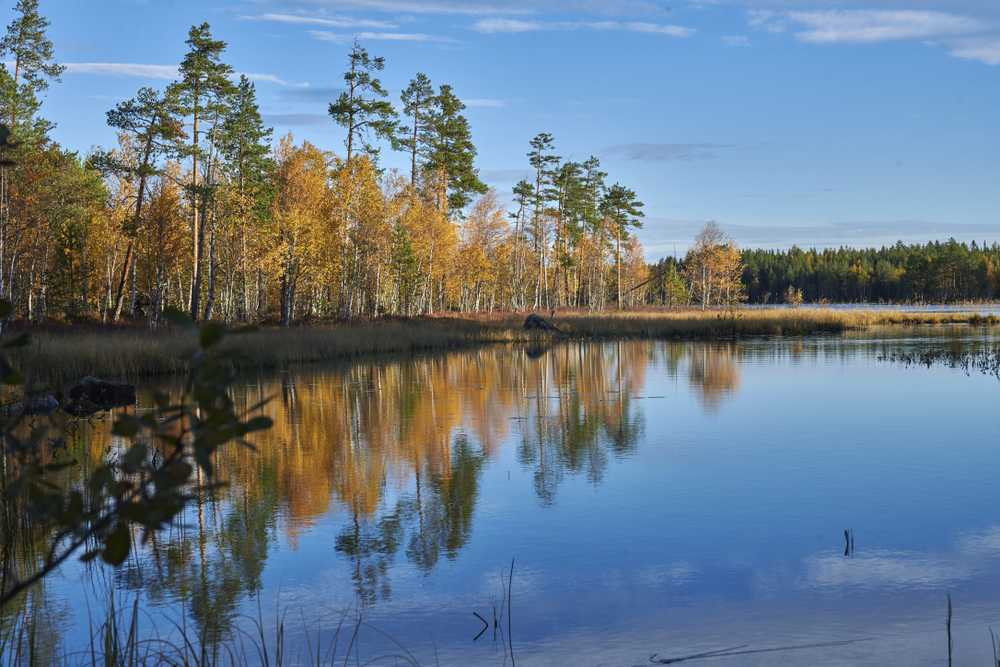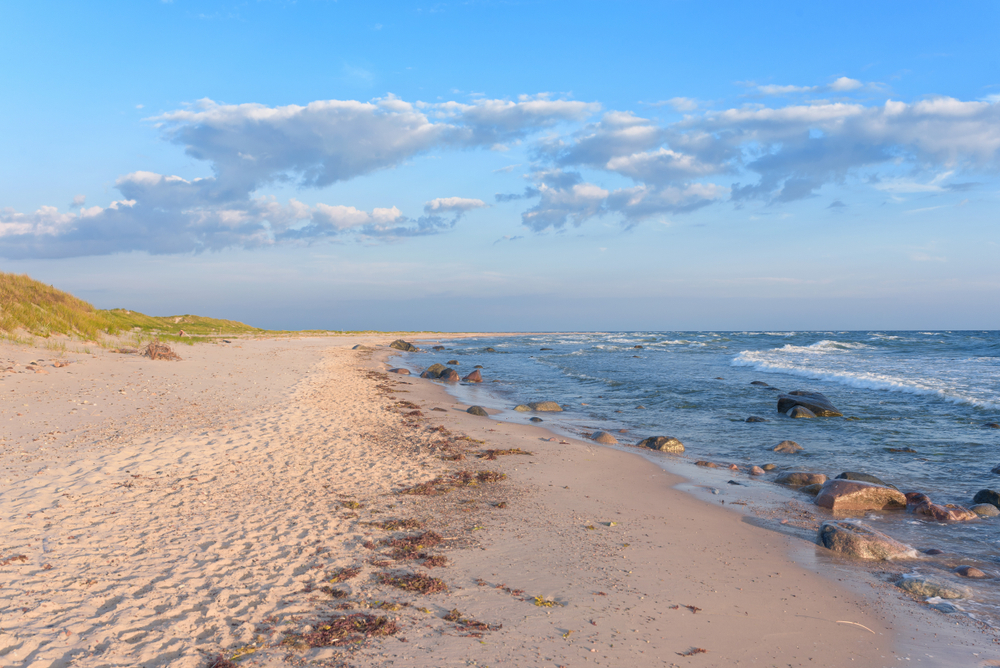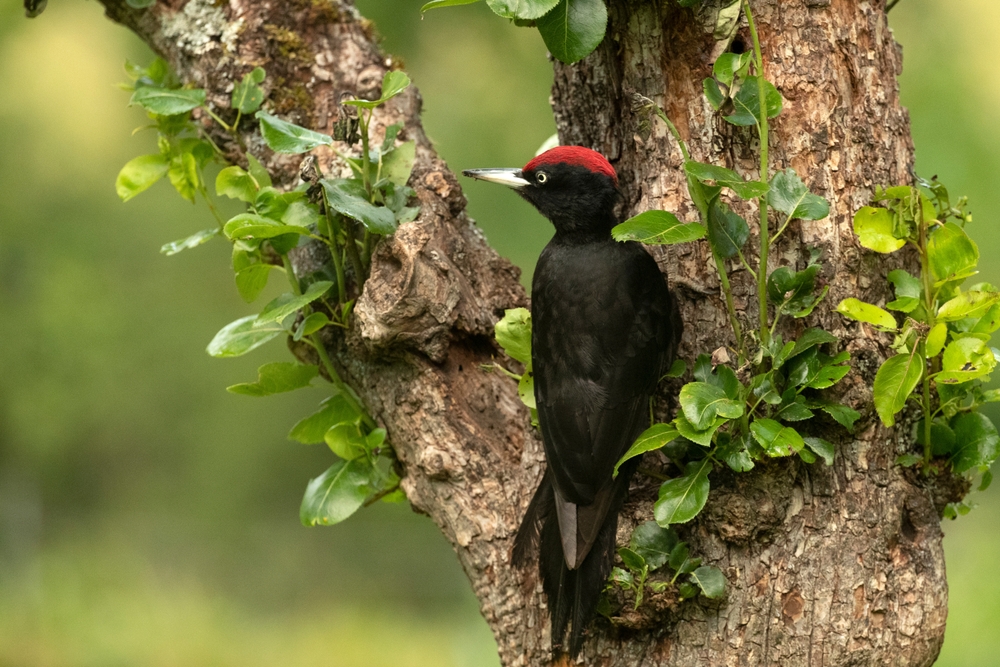Padjelanta Overview
Padjelanta National Park, known as Badjelánnda in the Lule Sámi language, is one of Sweden’s most remote and expansive protected areas. Covering approximately 747 square miles (1,940 square kilometers), it is the largest national park in Sweden.
Located in the northwestern part of the country, within Norrbotten County, the park forms a crucial section of the Laponia World Heritage Site, a vast wilderness region recognized for its cultural and natural significance. The park is situated near the border with Norway and is part of the broader Scandinavian mountain range, offering visitors a landscape of rolling highlands, glacial valleys, and pristine alpine lakes.
The terrain of Padjelanta National Park is characterized by wide-open plateaus, gently sloping mountains, and expansive tundra-like meadows. Unlike the more rugged neighboring Sarek National Park, Padjelanta has a softer, more accessible topography, making it ideal for long-distance trekking.
The park is dotted with numerous lakes, including the large Virihaure and Vastenjaure, which reflect the sky in brilliant shades of blue and are among Sweden’s most stunning bodies of water. The Padjelanta Plateau dominates the park’s landscape, with views extending far into the surrounding valleys.
The vegetation consists of alpine meadows rich in wildflowers during the summer, including buttercups, mountain avens, and Arctic bellflowers. Dwarf birch and willow shrubs add texture to the land, while mosses and lichens flourish in the cold, nutrient-poor soils.
Wildlife in Padjelanta National Park thrives in its untouched environment. The park is a prime habitat for the Sámi-reindeer herding tradition, with vast herds of semi-domesticated reindeer roaming freely. Other notable mammals include the Arctic fox, which has been under conservation focus due to its vulnerable status, as well as wolverines, lynx, and brown bears, though these predators are elusive and rarely encountered.
The avian population is equally remarkable, with the park serving as an important breeding ground for a variety of bird species. The long-tailed skua, golden eagle, and rough-legged buzzard soar through the skies, while shorebirds such as red-necked phalaropes and Eurasian golden plovers are commonly seen in the wetlands and along lake shores.
One of the most popular features of Padjelanta National Park is the Padjelanta Trail, a well-marked hiking route that extends approximately 87 miles (140 kilometers) through the park. The trail offers trekkers breathtaking views of the surrounding mountain ranges, serene lakes, and open tundra.
Hikers can stay in traditional Sámi huts, known as “stugor,” which are maintained along the route. These shelters provide rustic accommodations for visitors who wish to experience the landscape in an immersive and traditional way. The park is also part of the cultural landscape of the indigenous Sámi people, whose presence is evident in reindeer herding settlements and historical sites scattered throughout the region.
Padjelanta is primarily accessed by foot or by helicopter, as there are no roads leading directly into the park. This isolation has helped preserve its wilderness character, but it also presents challenges for conservation efforts. Climate change poses a significant threat to the fragile tundra ecosystems, affecting plant and animal populations.
However, conservation initiatives, including the protection of Arctic fox populations and sustainable reindeer herding practices, have helped maintain the park’s ecological balance. As part of the Laponia World Heritage Site, Padjelanta benefits from international recognition and funding that support the long-term preservation of both its natural and cultural heritage.








































































